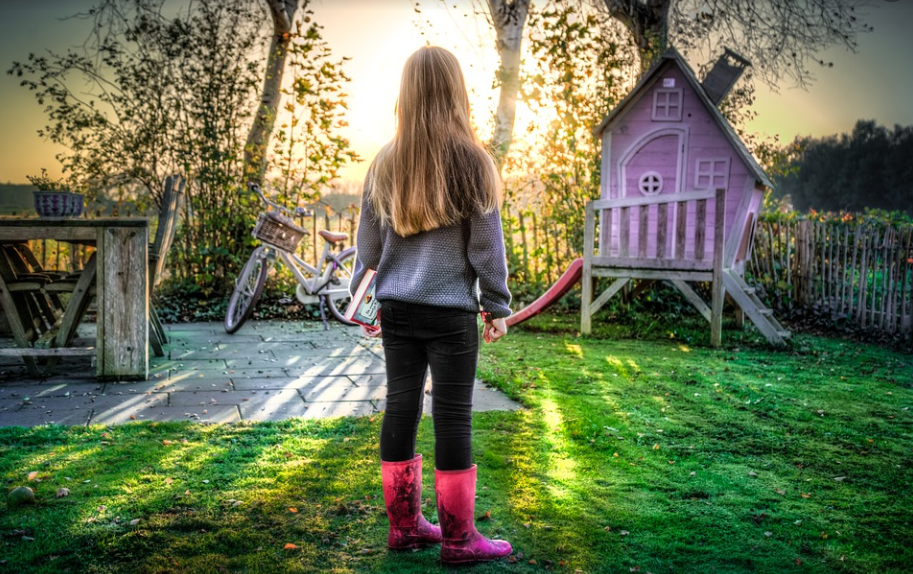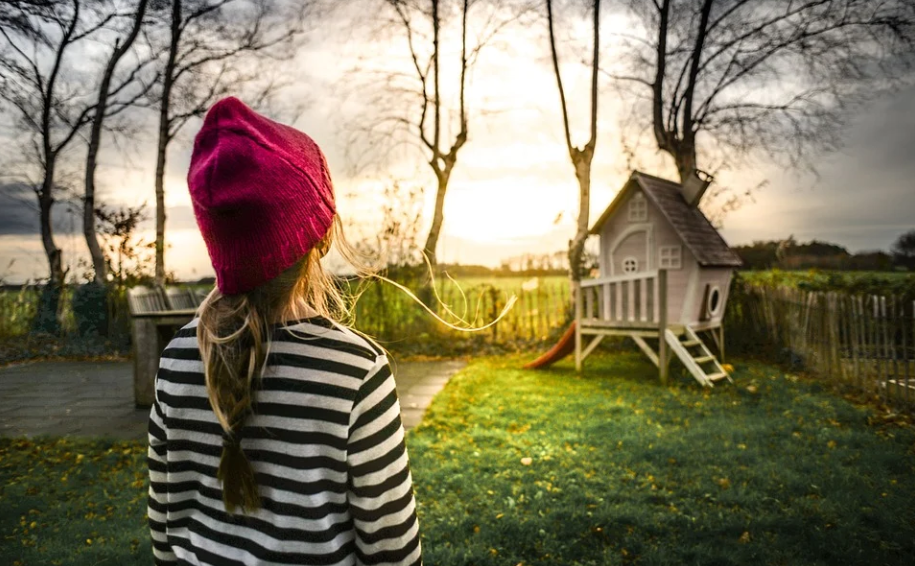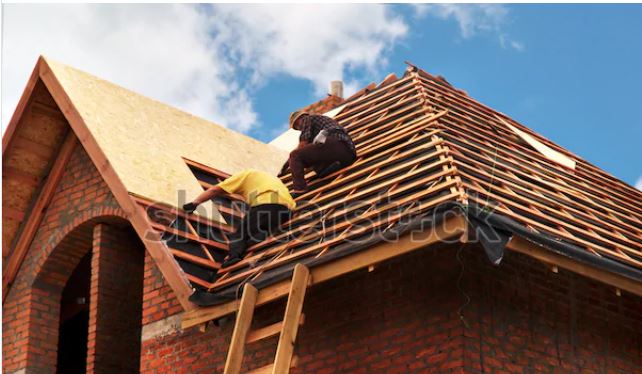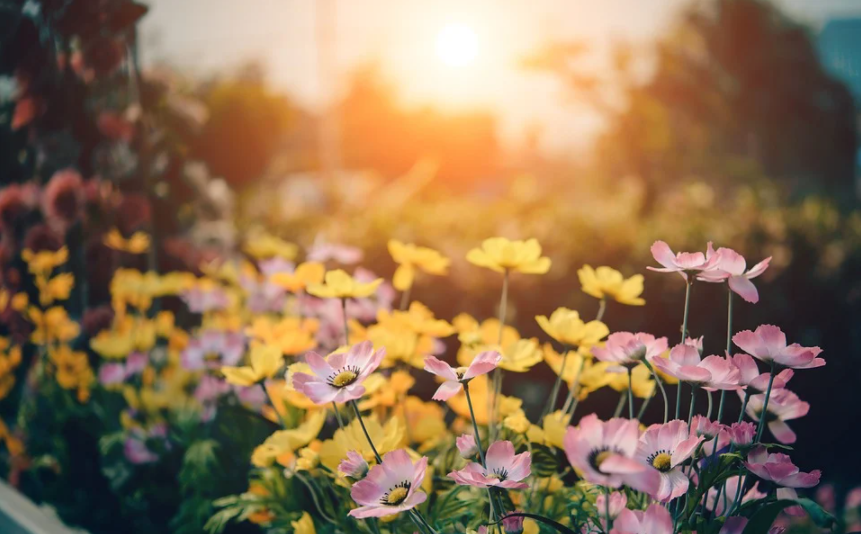Playing is extremely important for the development of children. Especially in the first decades, but from the moment they start elementary school, children have to spend a considerable part of their daily life in a committed, unstructured and non-technological game. Especially this free play has to take place outdoors. The author of the novel “Balanced and barefoot,” Angela Hanscom, occupational therapist, describes the increase in sensory processing disorders, difficulties in regulating emotions, concentration problems, inability to control and modulate body movements, but also the general increase in the need for occupational therapy, partly due to the lack of energetic outdoor games easily accessible to today’s children.
If you recognize the value of outdoor play, how do you create an outdoor space that invites your children in? Surprisingly, I have found that there is no need to buy expensive play equipment and many expensive toys. I advise against this and often hear parents who have these things and wonder why their children don’t want to spend more time outside. There are plenty of options available to improve your garden playground.

Spreading Random Dirt
We can organize a pile of dirt in some buckets and shovels, put your kids loose in the house, and then sit back and watch the magic unfold. Last fall we broke the right back deck and left a big mess. Suddenly, my son was living outdoors and playing in the mud for a considerable part of the day. Then we had to rebuild our retaining walls, which made the whole garden become dirt, because otherwise we would have had to cross it with our chutes tax. Huge stones were added, which became a wonderful element to master a demanding climb. We had a fantastic amount of rain during this time, which turned our entire garden into a huge sand pit.
Spreading Natural Components
Large pieces of wood or stones can grow to form a boundary for this particular place, but they can also become regions to sit, stand, balance, etc.. A pile of sticks or leaves can allow hours of play. My son loves to help me in the garden and it is a great lesson in patience, as well as the best way to treat something with care.
Spreading Loose Parts
Random woodcuts, old kitchen appliances, forgotten boxes, old fabrics, broken things. After we built a concrete terrace instead of the one we tore up, there was a pile of concrete debris, exactly the right size to fight a small child, but not so big that it was too thick. (Preschoolers prefer to be careful of their limitations.) Let people know that you are looking at the loose parts (but be precise, or ask them to remove the stuff first, so that it is not a flying floor). They can provide you with small pieces of wood, boxes, etc. Jobs that normally end up in the dumpster. There is no standard approach to their use, so there is no limit to what you can do. Infinite possibilities also indicate that these things are the most interesting for the child and make him play more.




